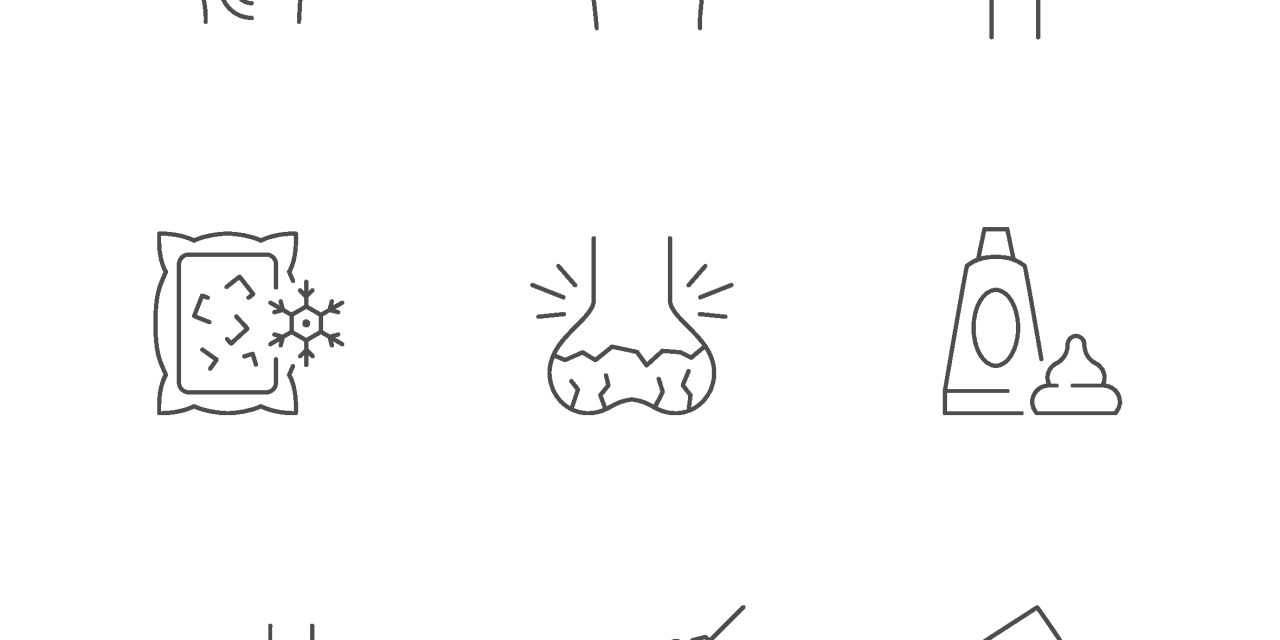The purpose of this study was to look at the morbidity, clinical characteristics, and risk factors for postoperative recurrent gout flares (PRGFs). Between 2010 and 2018, all surgical patients at two academic institutions were included in this cross-sectional research. Data from medical records were extracted to include demographics, a history of gout, clinical factors, medicines, and the presence of PRGFs. In the statistical analyses, forward stepwise multivariable logistic regression analysis was performed. 474 of the 518 surgical patients with a prior diagnosis of gout had enough paperwork to be analysed. A PRGF had been encountered by 191 of these people. The majority of PRGFs were polyarticular gout; 79.6 percent had a PRGFs 7 baseline pain level, and 59.2 percent required combination pharmacologic therapy. The mean (SD) serum urate (SU) level fell postoperatively, with a reduction of 125.86 mol/L on average. The drop in postoperative SU level was higher in patients who received postoperative total parenteral nutrition (PTPN) vs those who did not, and it was related to the length of PTPN. Factors independently related with PRGFs were a 126 mol/L reduction in postsurgical SU level, prior ankle flares, failure to take preventive colchicine treatment, and abdominal surgery.
Recurrent gout flares are common and severe after surgery. For high-risk individuals, particularly those following abdominal surgery, early monitoring of postsurgical SU levels, colchicine prophylaxis, and avoiding excessive PTPN usage may help prevent PRGFs.


